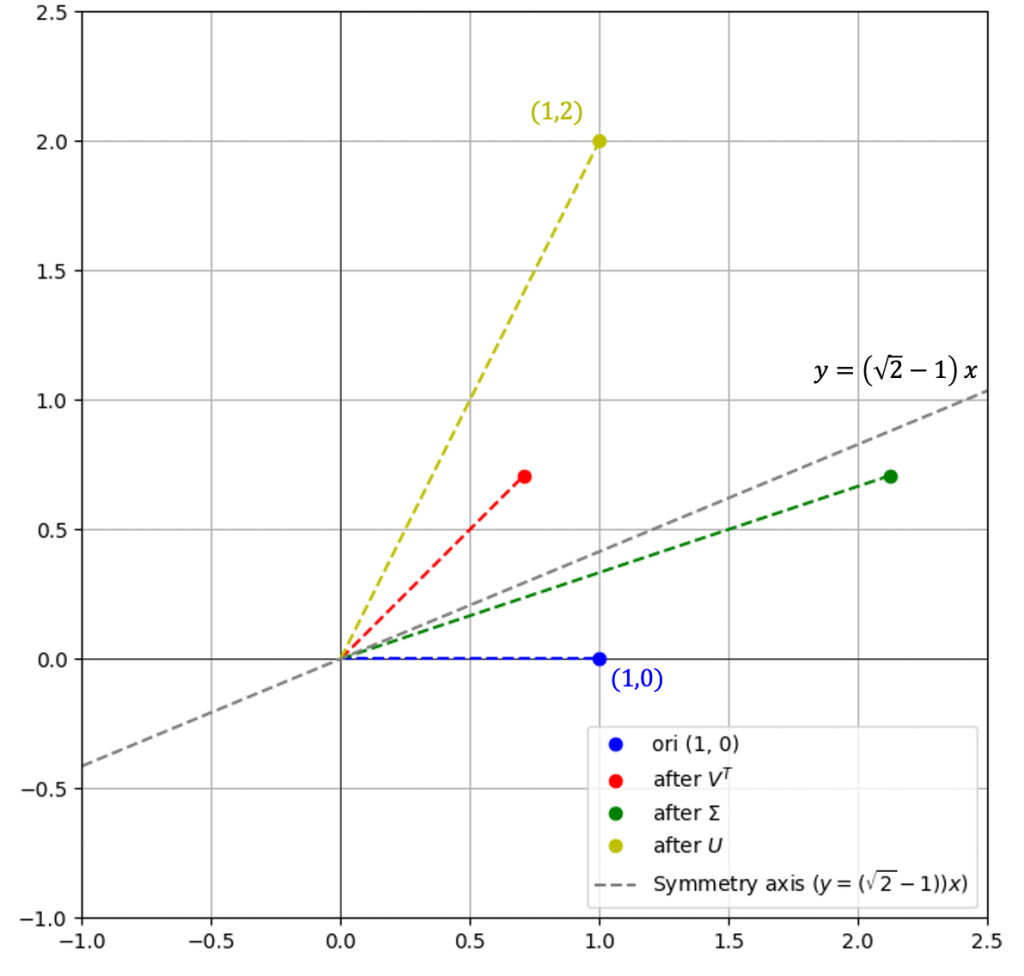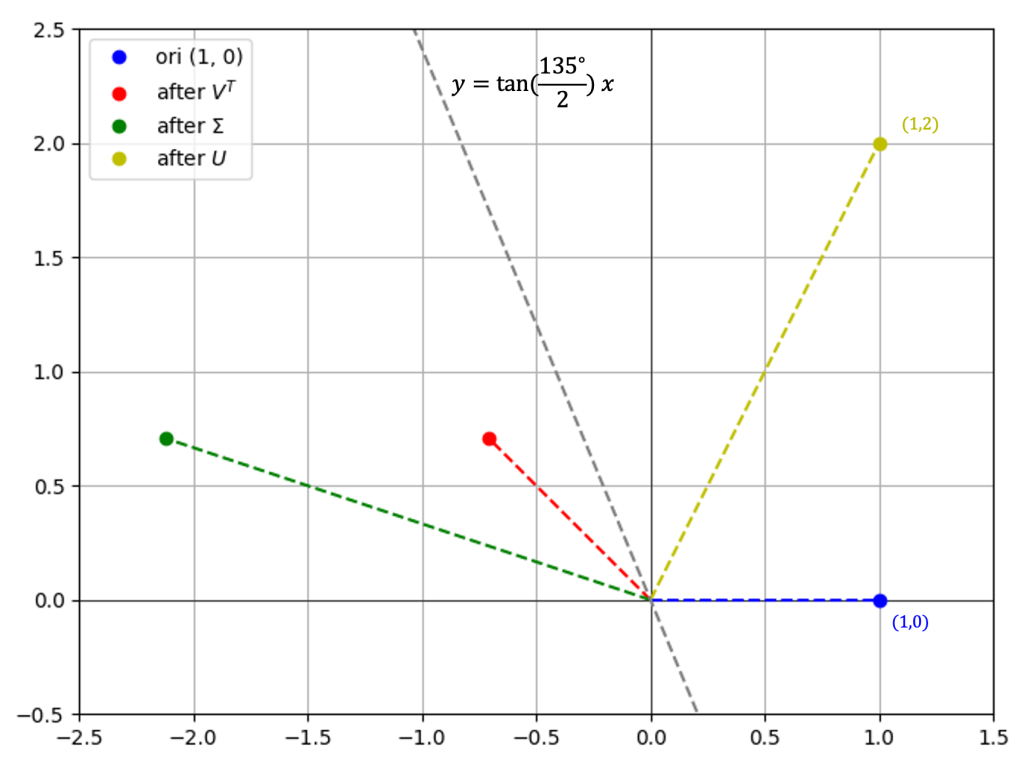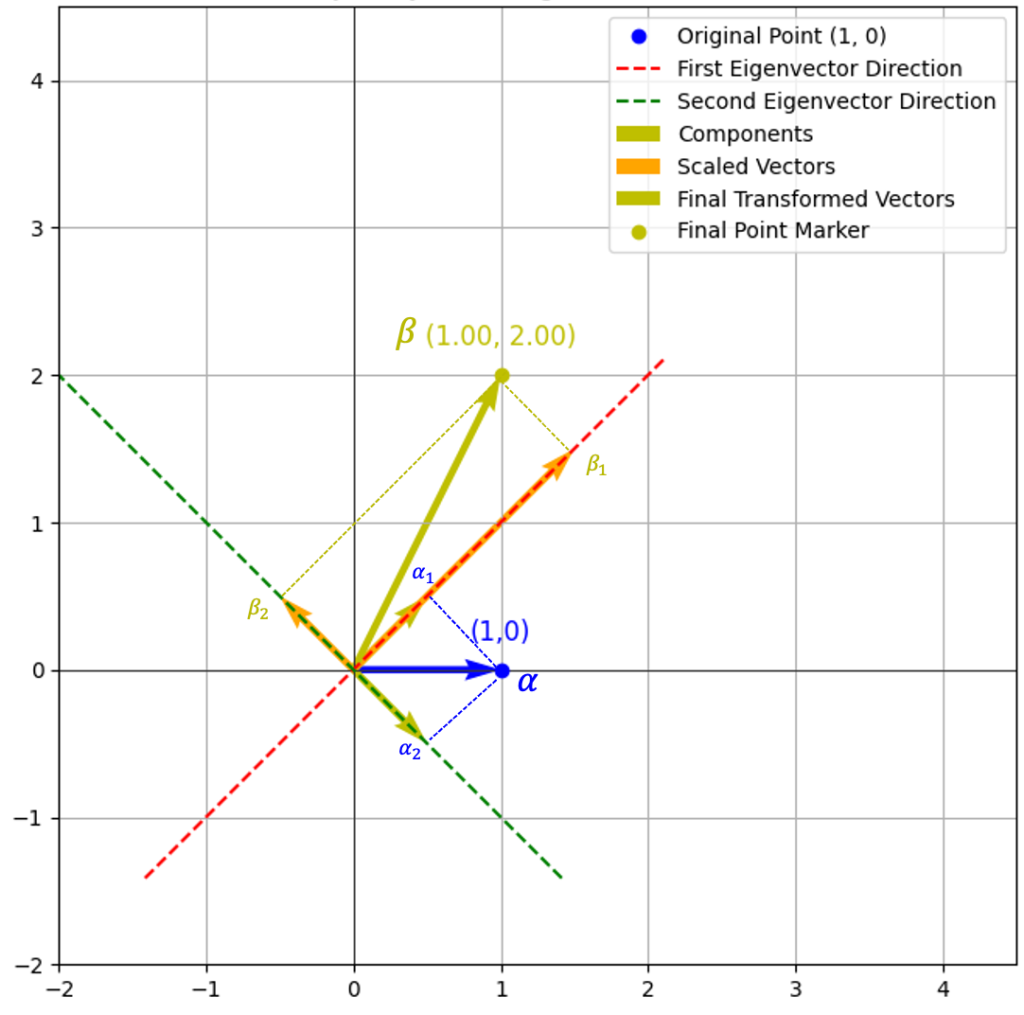标题:Azure发布新数据库HorizonDB;OceanBase发布向量数据库seekdb;火山云支持 NL2SQL
重要更新
OceanBase 年度发布会召开[3],全新发布轻量向量数据库 seekdb [1],支持嵌入式、Server两种模式,帮助开发者快速简单的构建向量存储与搜索能力。全新发布 PowerMem[2](兼容Mem0),向 LLM 应用提供灵活、持久化的记忆能力。此外,ODC 发布 DataPilot、诊断Agent等能力。
微软 Azure 发布全新数据库品牌 HorizonDB ,当前处于“private preview” 阶段。从有限的介绍[4][5]来看,这应该是一个“存算分离”的“云原生” PostgreSQL 数据库,对 AI 能力有更多支持,例如 DiskANN 索引、AI 集成等,对标于Aurora、AlloyDB、PolarDB等。此外,Azure DocumentDB 从 Cosmos DB 中独立出来;SQL Server 2025 发布;
火山云火结合“扣子”发布自然语言查询功能服务 DBW NL2SQL ,通过该服务将自然语言自动生成可执行的 SQL 语句,并执行生成的 SQL 语句[157]。
更新详情
阿里云
- RDS DuckDB 分析只读实例(高可用系列)新增了高性价比的通用型规格,并升级了独享型规格 [10]
- RDS MySQL 马来西亚(吉隆坡)地域新增可用区C,新增后该region共三个可用区
- RDS MySQL(迪拜)地域新增可用区B,新增后该region共两个可用区
- RDS SQL Server 新增全局只读账号功能 [18]
Azure(微软云)
- Azure Cosmos DB NoSQL 全文搜索支持意大利语和葡萄牙语[22]
- 适用于 Microsoft Foundry Agent Service 的 Azure Cosmos DB MCP 工具包发布 [23]
- Azure Cosmos DB 中的 NoSQL 全文搜索模糊搜索发布[24]
- Azure Cosmos DB for NoSQL 中的向量索引性能改进[25]
- Azure Cosmos DB 中向量索引的 Float16 数据类型正式上线 [26]
- Azure DocumentDB 正式上线:一款开源的、与 MongoDB 兼容的文档数据库服务[33]
- Azure Cosmos DB 的动态数据掩码[34]
- Visual Studio Code 中的 Oracle 到 PostgreSQL 迁移工具 [36]
- 发布 Elastic clusters on Azure Database for PostgreSQL – Flexible Server )[38]
- Azure Database for PostgreSQL 支持 pg_duckdb 扩展[42]
- Azure Database for PostgreSQL 18 正式发布[44]
- Azure SQL 数据库 DiskANN 向量索引[48]
GCP(谷歌云)
- Cloud SQL 现在为现有和新 Google 用户提供免费试用实例
- Cloud SQL for PostgreSQL 现在支持读取池自动扩缩容[67]
- Cloud SQL for MySQL 现在支持读取池自动扩缩容 [68]
- AlloyDB AI 原生向量搜索加速器现已正式发布[69]
- Cloud SQL 现在为您的 Cloud SQL 提供暴力破解检测和保护
- AlloyDB AI 在预览版中引入了 自动嵌入生成功能。现在您可以生成大规模嵌入,以便在文本内容上进行语义搜索和检索增强生成 (RAG)。[80]
Oracle云
华为云
- GeminiDB Redis 接口性能版基于存算分离架构,单分片最高可支持百万QPS[9]
AWS(亚马逊云)
- RDS 支持 MySQL 8.4.7 和 8.0.44 版本 [115]
- RDS 支持 MariaDB 版本 11.4.9、10.11.15 和 10.6.24[116]
- RDS 优化读取功能现已支持 R8gd 和 M8gd 数据库实例[126]
- Redshift 现在支持对 Apache Iceberg 表进行即时 (JIT) 分析[127]
- Amazon Aurora MySQL 3.11(兼容 MySQL 8.0.43)现已正式发布[134]
腾讯云
- 云数据库 MySQL 发布数据库代理版本1.3.20。[136]
- 云数据库 MySQL 支持为已有或新购实例开启实例销毁保护[138]
- 云数据库 PostgreSQL 支持基于某个已存在实例快速新购同等配置的新实例。[142]
- 云数据库 PostgreSQL 通过控制台或者 API 操作的账号密码更新单独记录在密码修改时间字段。[143]
火山云(字节)
- RDS MySQL-对于本地盘实例,当实例的 CPU 核数大于等于 8 时,支持为实例配置最大 14,000 GB 的存储空间。[144]
- Redis 版在如下方面优化了额外带宽功能:提高了额外读、写带宽允许修改的上限等 [145]
- Redis 版为各版本的单节点实例单独新增系统参数模板[146]
- 支持 AI 搜索与 OpenSearch 实例解耦,可不关联 OpenSearch 实例或关联多个 OpenSearch 实例[148]
- 云搜索 RAG 场景开发页面提供 API 调用示例,支持 cURL 或 Python 格式。[149]
- 云搜索在图文搜索场景开发中,支持调用 OCR 识别图片中的文字,实现文字 + 图片的混合搜索。[150]
- 火山云数据库 DBW NL2SQL 服务新发布了四个插件,分别为 ExecuteSQL、GetTableInfo、ListDatabases 和 ListTables。目前您可以通过该服务将自然语言自动生成可执行的 SQL 语句,并执行生成的 SQL 语句[157]
- DBW 中的 DBCopilot 智能助手已对接火山引擎数据库官网。目前在火山数据库控制台中,您也可以通过右上角或右下角浮层中的火山助手入口,使用 DBCopilot 的能力。[159]
参考链接
- [1] https://www.oceanbase.ai/
- [2] https://www.powermem.ai/
- [3] https://mp.weixin.qq.com/s/PEhpO3zJjswSS5OdZyA4xQ
- [4] https://azure.microsoft.com/en-us/products/horizondb
- [9] https://support.huaweicloud.com/redisug-nosql/nosql_05_0053.html
- [10] https://help.aliyun.com/zh/rds/apsaradb-rds-for-mysql/create-a-duckdb-based-analytical-read-only-instance
- [18] https://help.aliyun.com/zh/rds/apsaradb-rds-for-sql-server/create-a-standard-account-privileged-account-and-a-global-read-only-account
- [22] https://azure.microsoft.com/updates?id=523824
- [23] https://azure.microsoft.com/updates?id=523814
- [24] https://azure.microsoft.com/updates?id=523809
- [25] https://azure.microsoft.com/updates?id=523803
- [26] https://azure.microsoft.com/updates?id=523796
- [33] https://azure.microsoft.com/updates?id=523735
- [34] https://azure.microsoft.com/updates?id=523726
- [36] https://azure.microsoft.com/updates?id=523593
- [38] https://azure.microsoft.com/updates?id=523583
- [42] https://azure.microsoft.com/updates?id=523559
- [44] https://azure.microsoft.com/updates?id=523196
- [48] https://azure.microsoft.com/updates?id=523110
- [67] https://docs.cloud.google.com/sql/docs/postgres/read-pool-autoscaling
- [80] https://docs.cloud.google.com/alloydb/docs/ai/generate-manage-auto-embeddings-for-tables
- [109] https://docs.oracle.com/iaas/releasenotes/mysql-database/TC-40271-heatwave-mysql96-new-shape.htm
- [111] https://docs.oracle.com/iaas/releasenotes/autonomous-database-dedicated/adbd-selectai-rag.htm
- [115] https://docs.aws.amazon.com/AmazonRDS/latest/UserGuide/MySQL.Concepts.VersionMgmt.html
- [116] https://docs.aws.amazon.com/AmazonRDS/latest/UserGuide/MariaDB.Concepts.VersionMgmt.html
- [126] https://aws.amazon.com/about-aws/whats-new/2025/11/amazon-rds-optimized-reads-r8gd-m8gd-database-instances
- [127] https://aws.amazon.com/about-aws/whats-new/2025/11/amazon-redshift-jit-analyze-apache-iceberg-tables/
- [132] https://aws.amazon.com/about-aws/whats-new/2025/11/aws-redshift-iceberg-writes-m1
- [133] https://aws.amazon.com/about-aws/whats-new/2025/11/aws-transform-vmware-landingzone-configuration-generation
- [134] https://aws.amazon.com/about-aws/whats-new/2025/11/amazon-aurora-mysql-generally-available/
- [136] https://cloud.tencent.com/document/product/236/89741
- [138] https://cloud.tencent.com/document/product/236/124631
- [142] https://cloud.tencent.com/document/product/409/124719
- [143] https://cloud.tencent.com/document/product/409/107909#e0cbc7ff-a43d-4e74-9cec-719455dc3398
- [144] https://www.volcengine.com/docs/6313/74505
- [145] https://www.volcengine.com/docs/6293/489147
- [146] https://www.volcengine.com/docs/6293/1125903
- [147] https://www.volcengine.com/docs/6293/71107
- [148] https://www.volcengine.com/docs/6465/1895485
- [149] https://www.volcengine.com/docs/6465/1537037
- [150] https://www.volcengine.com/docs/6465/1817533
- [151] https://www.volcengine.com/docs/6465/1770744
- [152] https://www.volcengine.com/docs/6465/1919171
- [153] https://www.volcengine.com/docs/6465/1117827
- [154] https://www.volcengine.com/docs/6956/1902646
- [155] https://www.volcengine.com/docs/6956/1356570
- [156] https://www.volcengine.com/docs/6956/257840#.5pON5L2c5q2l6aqk
- [157] https://www.volcengine.com/docs/6956/1802899
- [158] https://www.volcengine.com/docs/6956/257859#.5rOo5oSP5LqL6aG5
- [159] https://www.volcengine.com/docs/6956/1515364#.6K-K5pat5Yqp5omL


